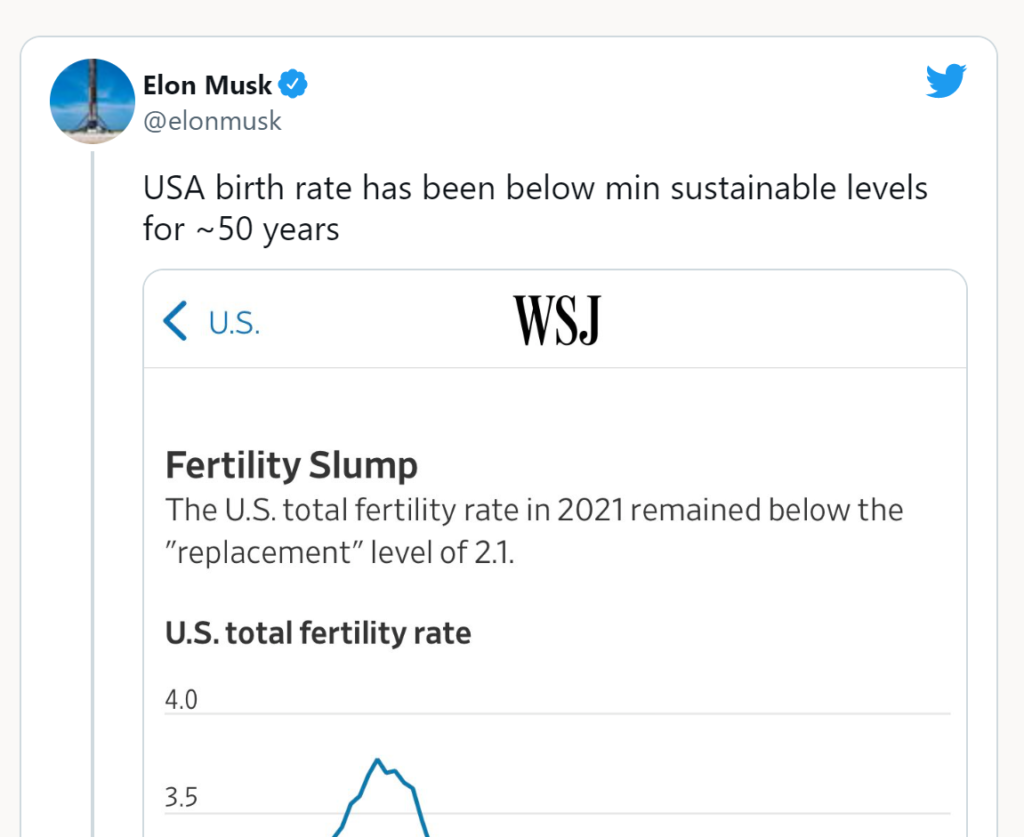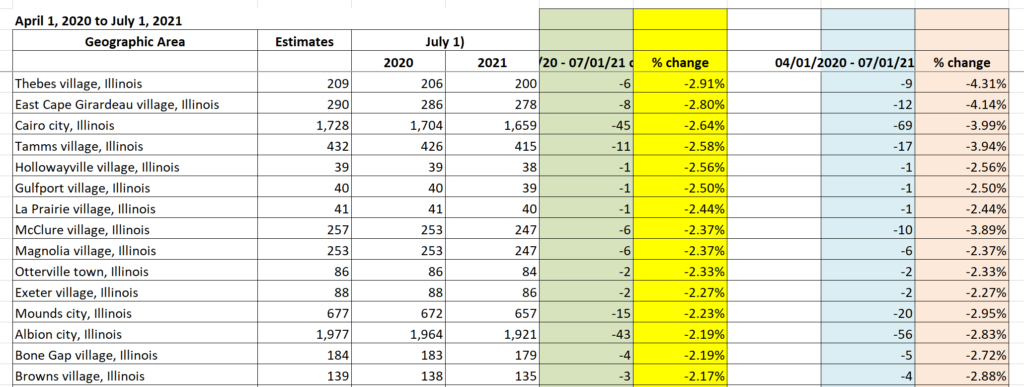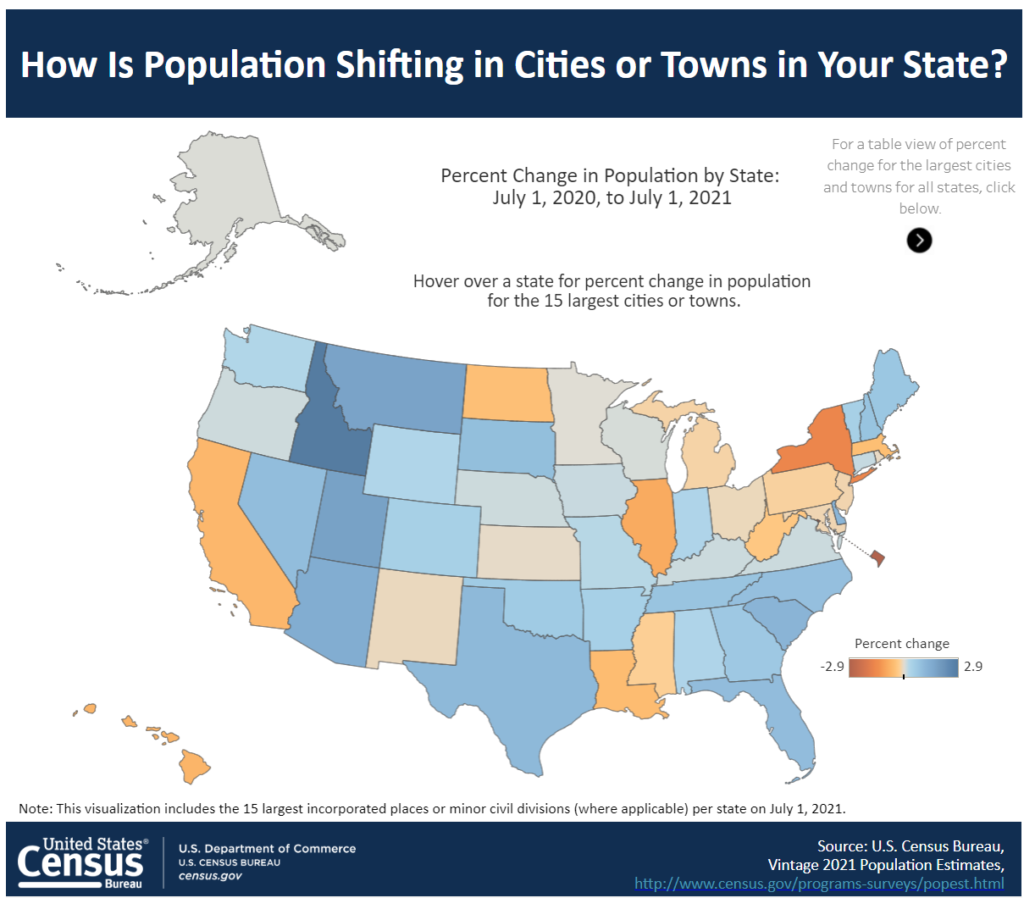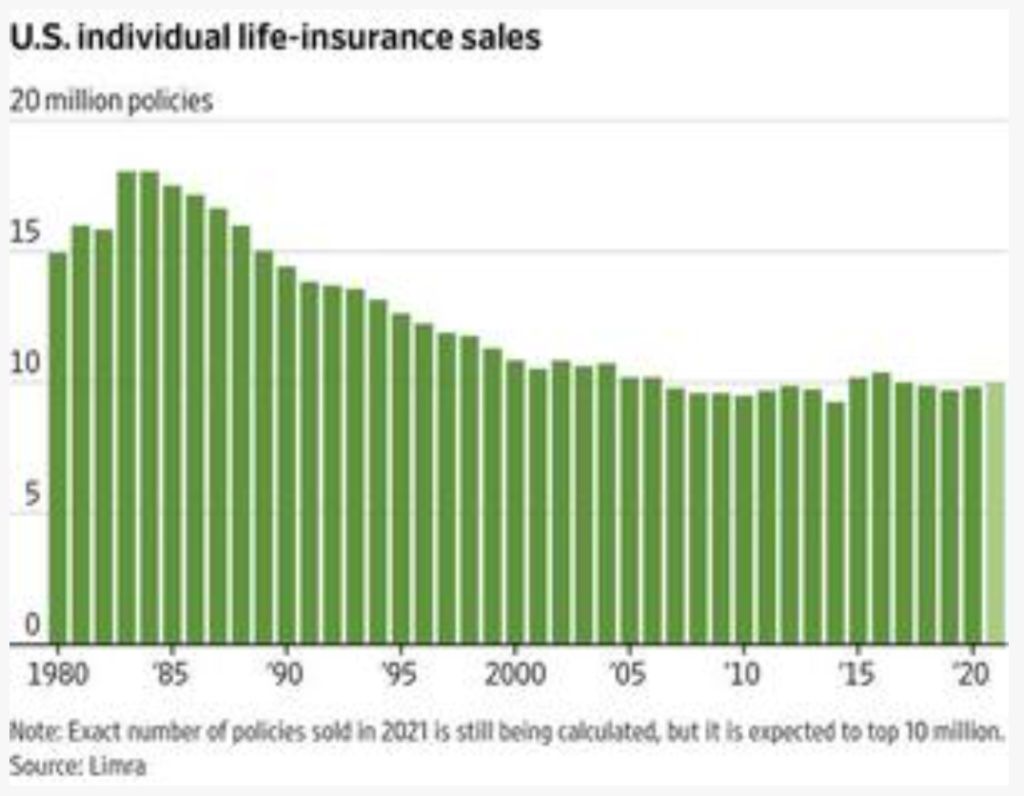Link: https://www.thinkadvisor.com/2022/06/09/15-states-where-older-adults-are-going-back-to-work/
Excerpt:
Two years after the pandemic hobbled the U.S. economy, pushing up unemployment, Americans are returning to work, including many adults 65 and older, according to new research from MagnifyMoney.
In late April and early May this year, 21.9% of Americans 65 and older were working, up from 19.5% during the same period in 2020. At the same time, the share of U.S. adults who reported that they were retired rose to 17.4% in April and May 2022 from 14.9% two years earlier.
MagnifyMoney found that 25.6% of working older Americans are self-employed, more than triple the rate among working Americans 25 to 39.
The number of working older Americans varies dramatically across the country. In North Dakota, for example, the rate dropped by 11 percentage points over the two-year period, and in Wisconsin by 8.3 points. In contrast, several states saw double-digit increases in employed Americans 65 and older during that period.
Author(s): Michael S. Fischer
Publication Date: 9 Jun 2022
Publication Site: Think Advisor






